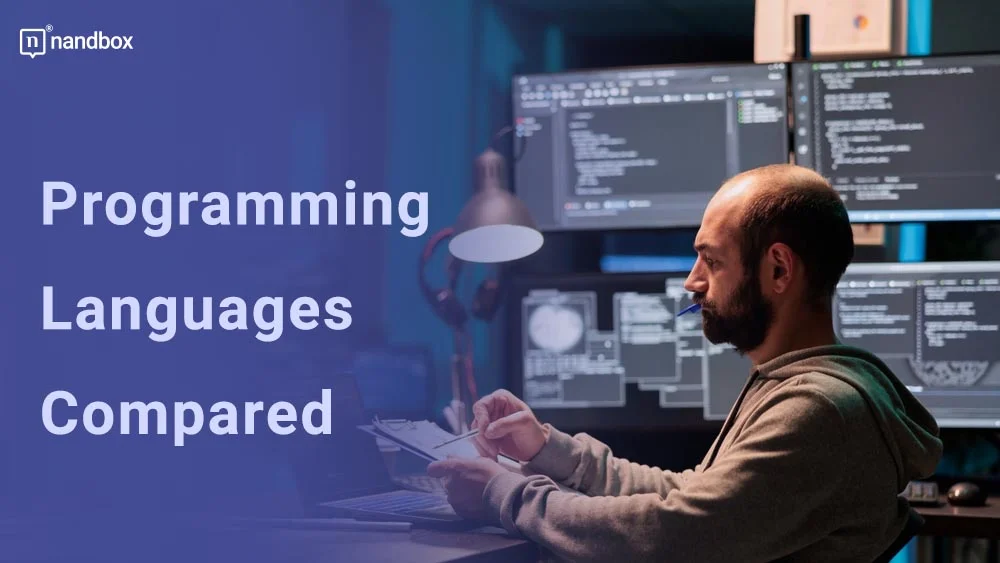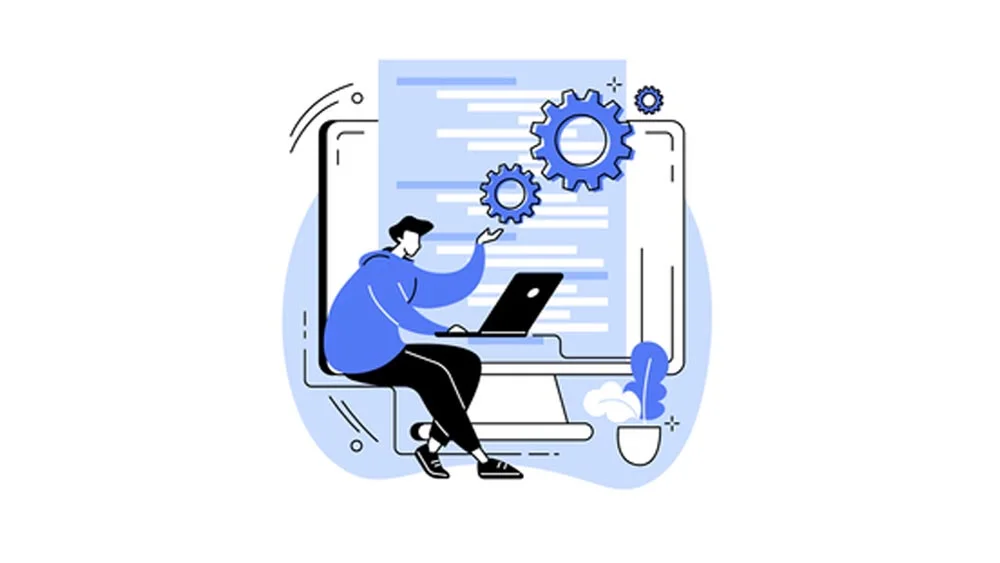In today’s digital age, programming languages are becoming increasingly important in various industries. From web development to app development, the right programming language certainly can make all the difference in creating a successful project. However, with so many options, it can be overwhelming to determine which language would suit your needs. As It differs greatly depending on what type of app or website you need and which platform you are going to use. In this article, we’ll demonstrate programming languages compared and discuss everything about them to help you make an informed decision. Whether you’re a beginner looking to learn a new skill, a skilled developer looking to expand your knowledge, or even someone with no programming knowledge at all, you can count on us.
What are programming languages?
In order to communicate well with someone, you have to speak his language. This is literally what programming languages mean. Programming languages are sets of instructions and commands used to communicate with machines and computers, as it is the only language they are able to understand and comprehend. With these languages, developers may build software, apps, and websites that serve users all over the world. There are many programming languages to choose from, each with its own unique format, purpose, and function. So, let us get programming languages compared
types of programming languages
Procedural languages
First off, let us start with procedural languages. Procedural is the most common type of programming language used among developers and usually the first one that any new developer will start learning. Procedural language is a series or sequence of logical functions used to accomplish a specific task. This language is called command-driven, meaning that the user needs to take a series of actions in order to reach the required goal. What makes this language special is that it is easy to understand and execute as well, which is why it is advisable for a beginner to start with it, as we mentioned. Another advantage is that any codes made using this language can be reused in different parts of the application or the website. So the developer doesn’t need to create new codes for different parts. Examples of Procedural languages are C and Pascal
Functional languages
Unlike procedural languages, functional programming languages are not focused on commands; instead, they focus solely and purely on functions. Functional programming languages mainly work with mathematical functions and expressions rather than lines of commands. This makes them ideal for detailed and extremely functional applications and websites. One advantage of functional languages is that once you enter any data, it cannot be changed or modified. This makes the programs made with these languages easy to maintain and identify any errors or bugs. Examples of functional languages are Haskell and SQL.
Object-Oriented Languages
When programming languages are compared, we definitely need to mention object-oriented languages. Object-oriented programming languages are a much higher level of programming languages. that are also used to develop websites and applications. Just like its name implies, object-oriented programming depends on structuring objects together and eventually coming up with a program. This object can be a function, some data, a variable, or even a set of both. The object specifies a thing that is present in an application. Object-oriented languages are commonly used in most development processes. Examples of object-oriented languages are Javascript, Kotlin, Swift, Objective-C, and C++
Front-end languages
The front end of the website or application is the visible part that a user interacts with and sees. Front-end languages are programming languages that are used to create the visual components of websites and applications, like the colors and layout. They are often used simultaneously with back-end languages to create complete and fully functional applications. To master these back-end languages, one can attend coding bootcamps which provide structured programs to learn and apply programming concepts in real-world scenarios. These bootcamps are well-suited for individuals interested in pursuing a career in server-side development.
One of the biggest strengths of front-end languages is their ability to create dynamic and interactive applications and websites. They can be used to create animations, visual effects, and other interactive elements that make websites and web applications more engaging and intuitive. However, one of the biggest weaknesses of front-end languages is their lack of functionality. They can only create the visual components of a website and cannot perform complex processing or calculations. Examples of front-end languages include HTML, CSS, and JavaScript.
Back-end languages
The back end is the hidden and more complicated part of any application or website, it includes all the functions and features an application has. Back-end languages are programming languages that are used to create the server-side components of websites and applications.
One of the biggest strengths of back-end languages is their ability to perform complex processing, architecture, and calculations. It’s possible to use them for a wide variety of server-side tasks, including data storage and analysis, API development, feature building, and more. Examples of back-end languages include Java, Python, and PHP.
No Programming Language?
Now that we have finished comparing programming languages, it is time to mention the use of no programming language. No programming language? Can a programming language be a type of programming language? Absolutely! The process of learning and implementing such languages is time-consuming, and effort-consuming as well. Technology gave us the option to develop an application or a website with, well, no code at all. The low-code and no-code movements emerged long ago but only gained recognition in the last few years. The two types of app and web development allow not only developers but anyone with no prior coding knowledge to experience the development process. Both types of development offer pre-built features that the developer can instantly integrate without going through the tiring process of writing lines and lines of code. This helps significantly in improving productivity and giving everyone an option to explore the exciting world of development.
One of the platforms that offer such a great no-coding experience is nandbox. Nandbox is a leading no-code app builder that allows developers of all levels of experience, and even people with no experience at all to experience the app development journey. Unlike most of the platforms present, nandbox builds fully functional native apps. The app builder utilizes a powerful and easy-to-use drag-and-drop interface, where users can choose from over 200 features and integrate them. More experienced developers can create chatbots and create and integrate APIs using the workflow feature with any backend service. Nandbox successfully loosened the need for coding and programming languages and gave everyone the chance to create their own apps. Try the nandbox app builder and get the ultimate development experience.







